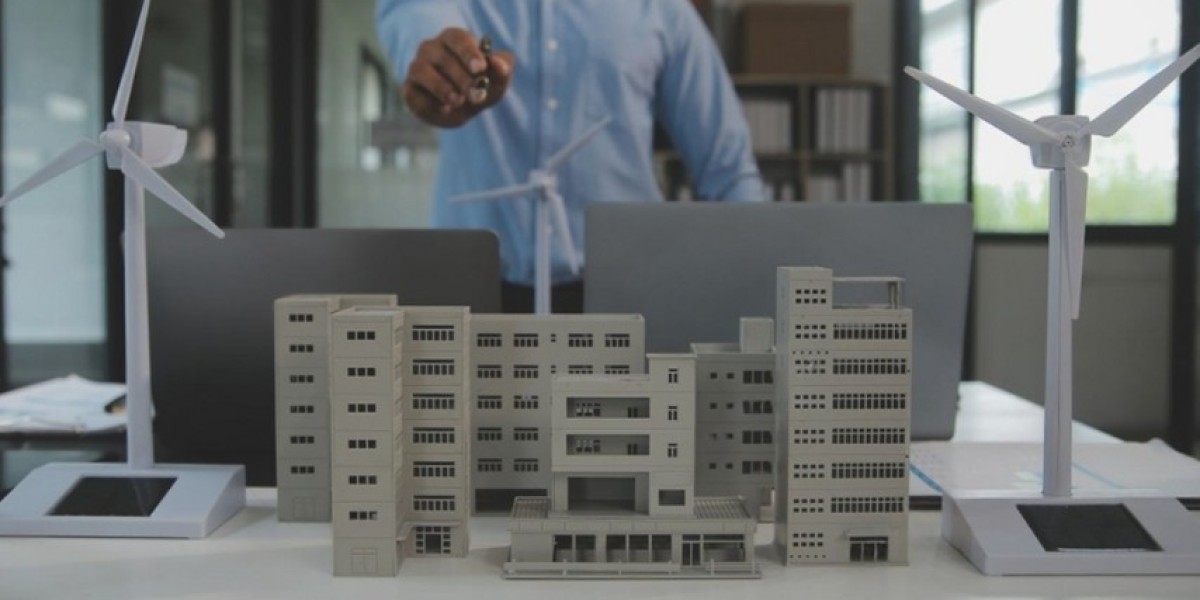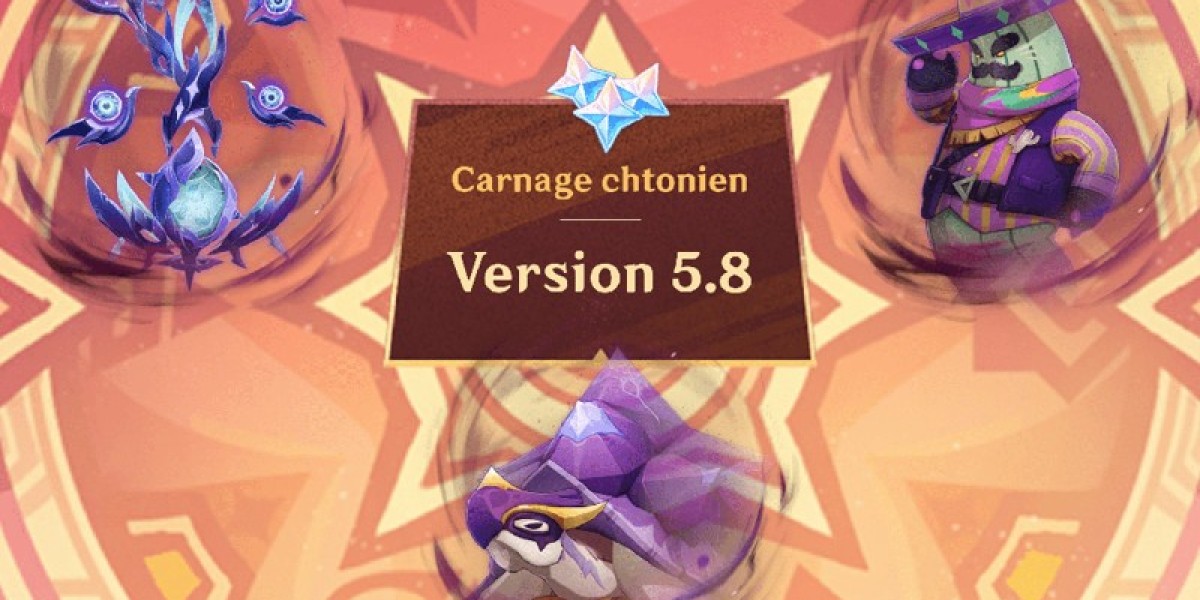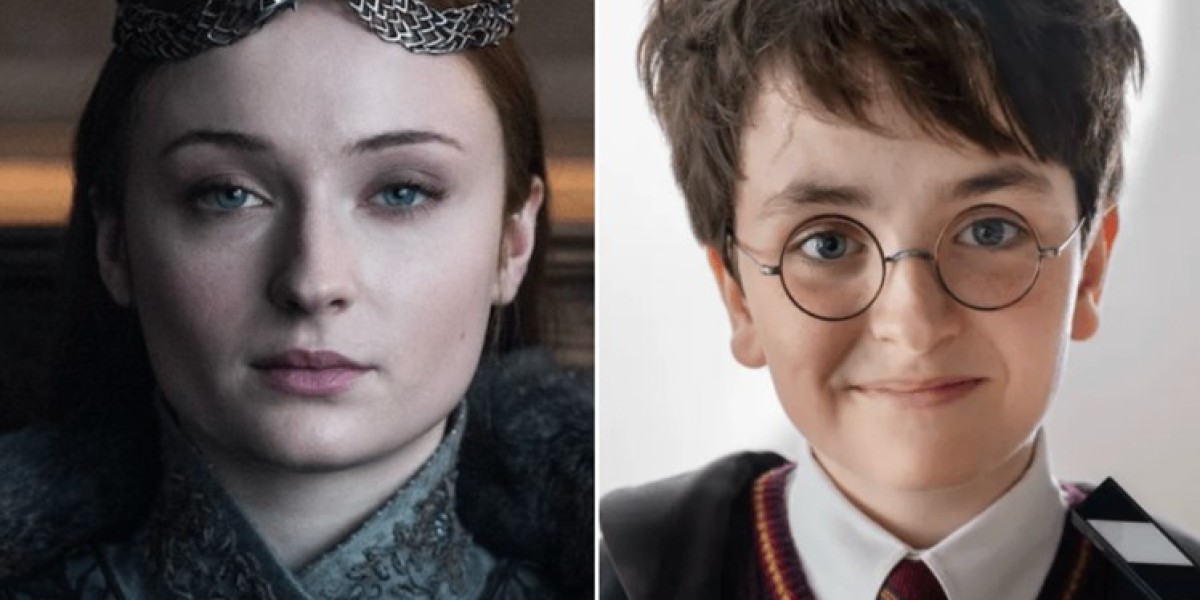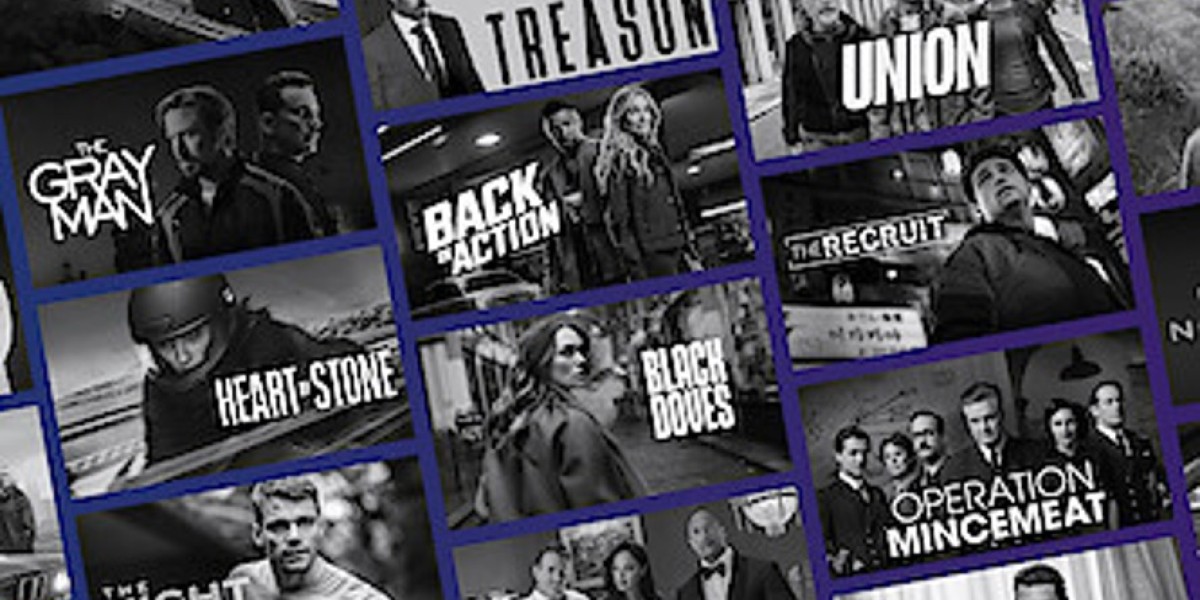Heritage replica model making in Dubai goes beyond architecture. It also captures stories, traditions, and local memory. One of the most powerful tools in this process is oral history.
In Dubai, where rapid development coexists with deep-rooted cultural identity, oral history serves as a bridge between past and present. It helps model makers bring intangible heritage to life. The integration of oral accounts into scale models is reshaping how heritage is preserved, visualized, and passed on.
The Role of Oral History in Dubai’s Heritage Model Making
Oral history refers to recorded spoken memories. It often includes personal experiences, community traditions, and cultural practices. In Dubai, many historical villages, marketplaces, and architectural features were never formally documented. Oral sources fill these gaps. Elders, craftsmen, and community storytellers often provide key insights. These stories guide model makers in representing historical accuracy and emotional depth.
Many architectural details, like courtyard sizes or wind tower shapes, were passed down verbally. Oral records help verify these elements. They ensure models reflect not just how buildings looked but how they functioned in daily life. In many heritage replica model making Dubai projects, these oral accounts influence everything from spatial layouts to decoration styles.
Community Engagement for Source Collection
Model makers in Dubai often collaborate with cultural foundations and museums. Institutions like the Dubai Culture & Arts Authority help connect artisans and elders with design teams. Through interviews, group discussions, and storytelling sessions, valuable oral data is collected. This phase requires cultural sensitivity and patience. Trust must be earned, especially when dealing with elders and traditional families.
Recording methods may vary. Some use audio, while others prefer video to capture gestures and emotions. Transcripts are created, translated if needed, and cross-verified with available physical data. These conversations often uncover forgotten details. They also bring new layers of understanding to heritage sites that are being recreated.
Design Translation Through Storytelling
Once collected, oral histories are translated into physical forms. This step involves both creative interpretation and technical planning. For example, a storyteller might describe how a certain house had a majlis (guest room) separated from the kitchen by a corridor to avoid smoke. Such a detail might not exist in old photographs. But it becomes essential when recreating a heritage model that is both accurate and meaningful.
Sounds, smells, and social rituals often emerge in oral accounts. Model makers can represent these abstract elements through visual cues. Smoke vents, shaded sitting areas, and date storage spaces are common features drawn from stories. These details make models more authentic and educational.
Use of Technology in Preserving Oral Sources
Dubai’s heritage model makers are using digital tools to preserve oral history. Transcripts and audio clips are archived in digital libraries. Some projects include QR codes placed near models in museums. Visitors can scan the code to hear the original voice of the person who shared the story behind that element. This blend of digital and physical experiences makes heritage more immersive.
Interactive displays are also becoming common. A physical model might include a built-in screen showing short video interviews with storytellers. This allows visitors to connect with the model emotionally and intellectually. It turns static models into storytelling hubs.
Case Studies in Dubai
One example is the Al Fahidi Historical District model project. Model makers consulted with long-time residents and artisans. Stories about family gatherings, religious rituals, and neighborhood sounds informed the layout of homes and alleyways. These oral inputs ensured that the district model reflected the social fabric of the past, not just its walls and roofs.
Another example is the Hatta Heritage Village replica. Here, elders described seasonal changes, water usage, and animal shelters. These insights led to the accurate placement of water channels, barns, and watchtowers in the final model. Without these oral accounts, such contextual precision would have been difficult.
Educational Impact of Oral Integration
Models that include oral history offer more than just a visual experience. They also educate. In Dubai’s schools and museums, such models become learning tools. Students get to explore history through stories, voices, and realistic layouts. It helps them understand the daily lives of people from the past.
By including oral history, these models preserve identity. They also promote empathy. Visitors begin to see heritage not as something distant or decorative, but as something lived and shared.
Preserving Intangible Culture in a Tangible Form
One of the biggest contributions of oral history in heritage replica model making Dubai is the preservation of intangible culture. Architecture is not only about structure. It reflects beliefs, climate adaptation, and social customs. Oral history captures this invisible layer. Through model making, it becomes visible again.
Even gestures, like how women used to grind grains together or how children played in courtyards, find representation. Spaces in the model are arranged to reflect such behaviors. This transforms models into social archives, not just artistic pieces.
Challenges and Ethical Considerations
Using oral history is not without challenges. Memories can be subjective or incomplete. Cross-verification is important. Cultural sensitivity is also key. Some stories are sacred or personal. Model makers must respect boundaries and permissions.
Translation is another issue. Nuances can get lost if not handled carefully. That's why having multicultural teams, including linguists, historians, and designers, is crucial in Dubai’s diverse society.
Conclusion
Oral history plays a vital role in heritage replica model making in Dubai. It helps bridge historical facts with human memory. Through it, models become rich with life, meaning, and emotion. These replicas are more than miniatures of buildings.
They are expressions of culture, identity, and storytelling. As Dubai continues to balance tradition with innovation, the integration of oral history in heritage model making ensures that the past lives on — not just in form, but in voice.








